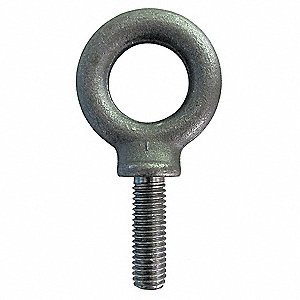Yokozuna514
2nd Black Belt
All rope stretches = yes but some more than others.all rope stretches, particularly polypropylene climbing rope, just as chains will abraid and stretch,
Particularly Polypropylene = No, not at all true especially compared to nylon. Nylon rope has a high stretch factor so it stores a lot of energy that can be released when the rope snaps.
Chains afraid and stretch. Chains wear from abrasions and stretch through plastic deformation (generally at half the minimum breaking strength of the chain).
For this type of application chain is one of the best choices. I still would not recommend a spring in the assembly. Finding a spring with the proper dampening characteristics would’ve not easily done. If the spring is too soft it will amplify the forces. To strong and it isn’t doing anything.



